I live a few hundred feet from an electrical substation. Looming wires have introduced paranoia into my everyday life. Small disturbances that I once ignored leach into conscious thought. I wake up with a ringing in my ears and wonder if radiation from the high-tension cables has finally seeped through my skull. Across the street a massive construction project has begun. A sign advertises some faux-modern “life science workspace.” Another warns of asbestos exposure. There’s an opening to the building about 50 feet from my front porch- have I been exposed?
"Have I raised him, unwittingly in the vicinity of a chemical dump site, in the path of air currents that carry industrial wastes capable of producing scalp degeneration, glorious sunsets? (People say the sunsets around here were not nearly so stunning thirty or forty years ago.)"
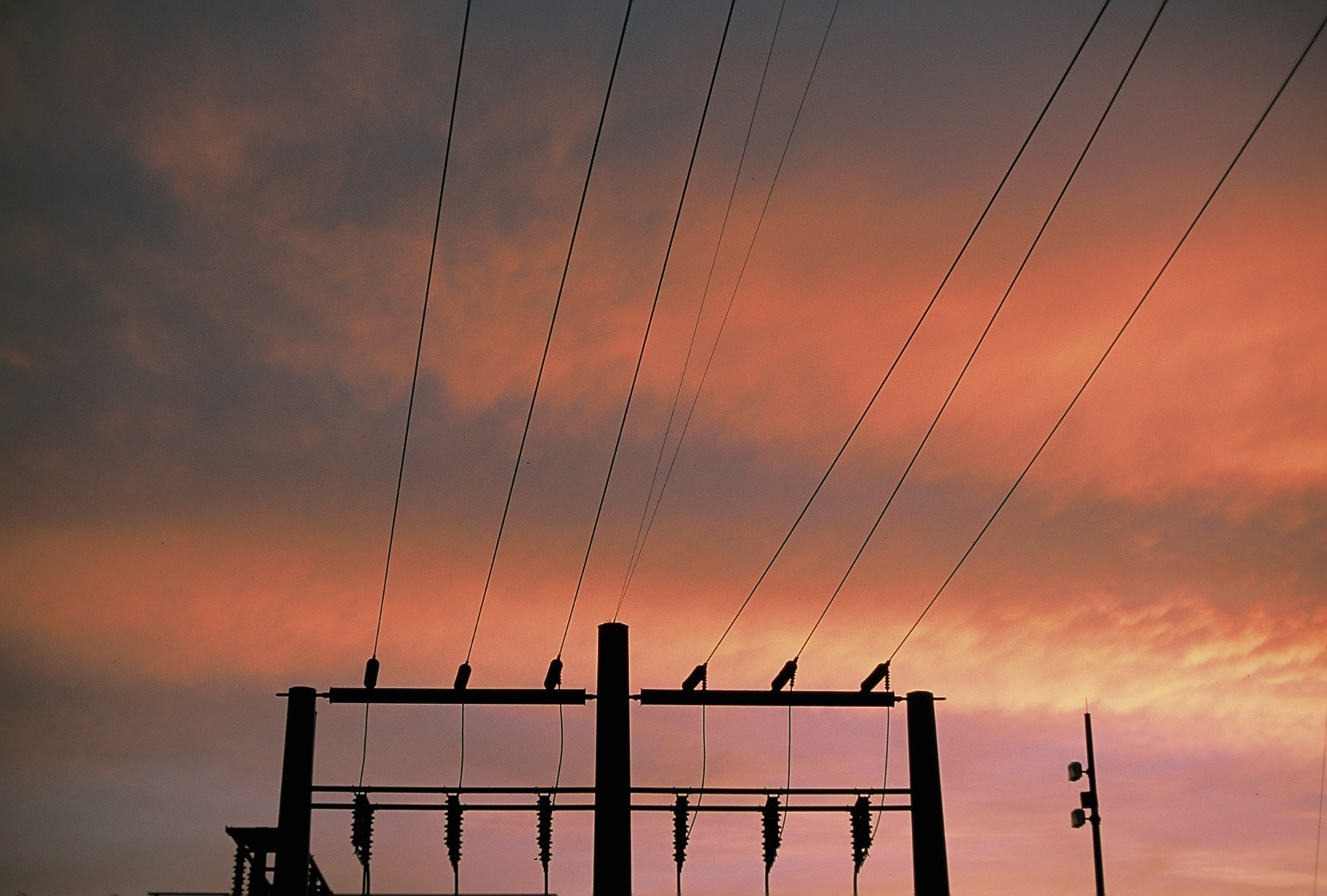
Sunset: Duke Energy, Dacian Ave Substation
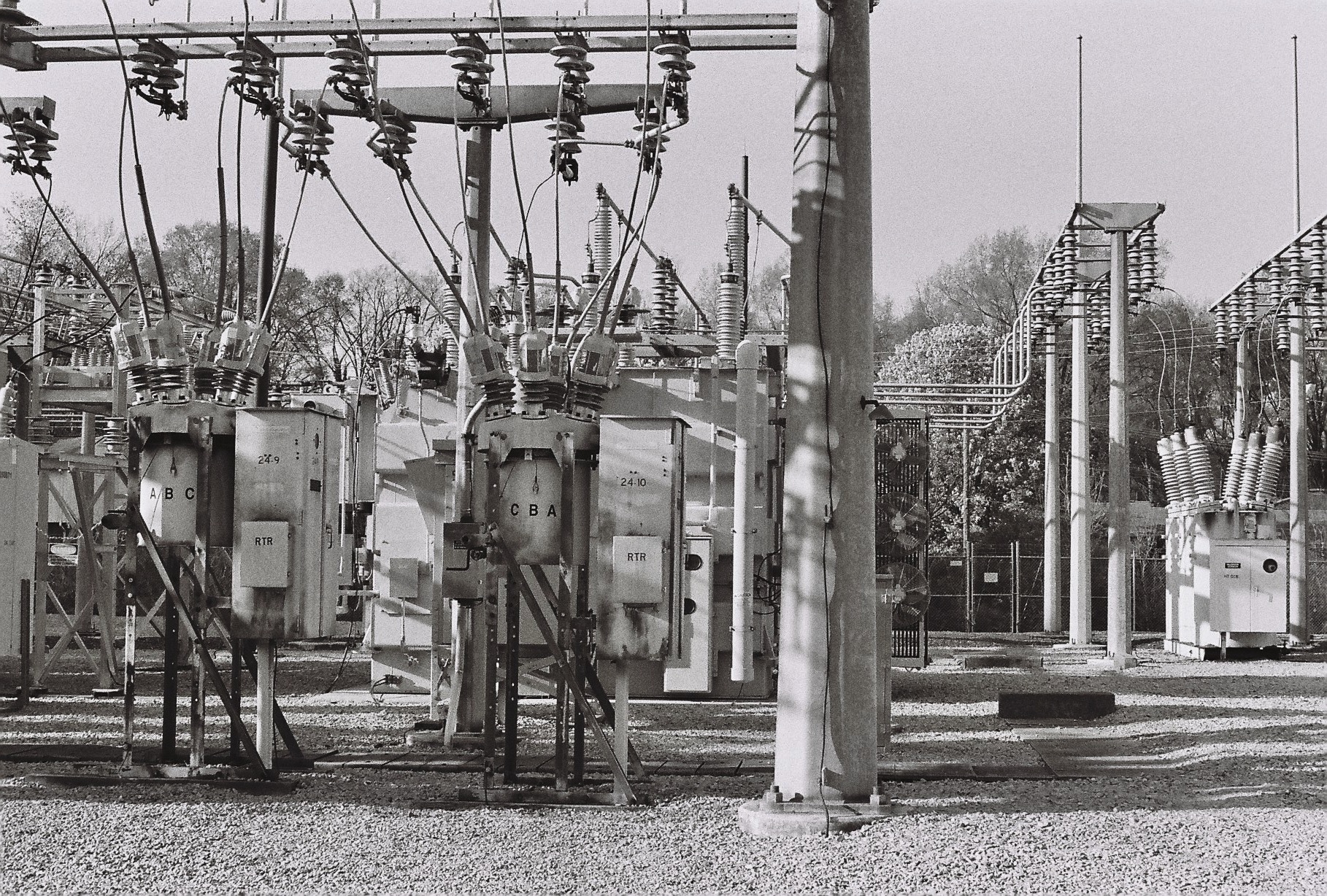
Transformers: Duke Energy, Dacian Ave Substation
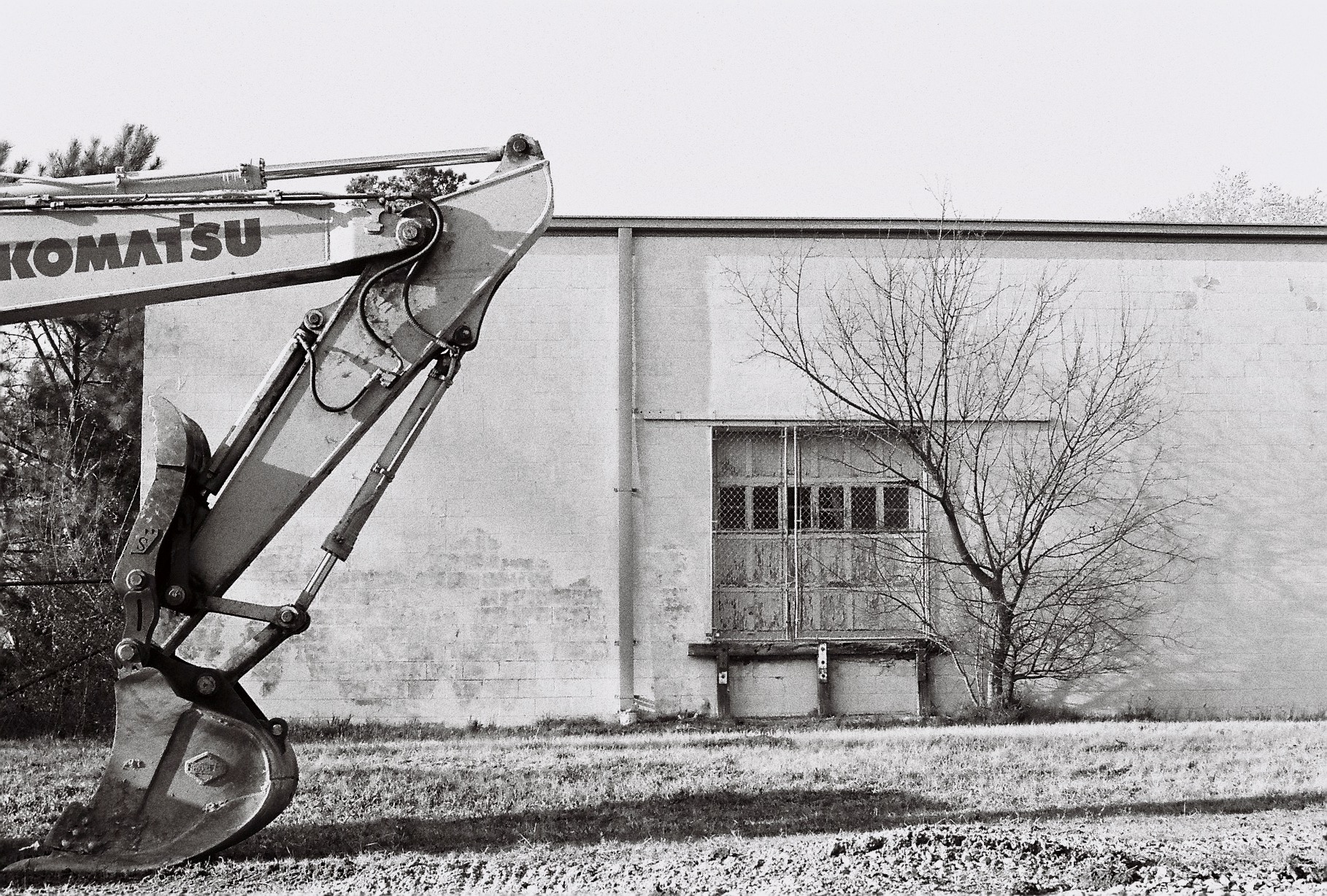
Excavator: Office Development, 949 Washington Street
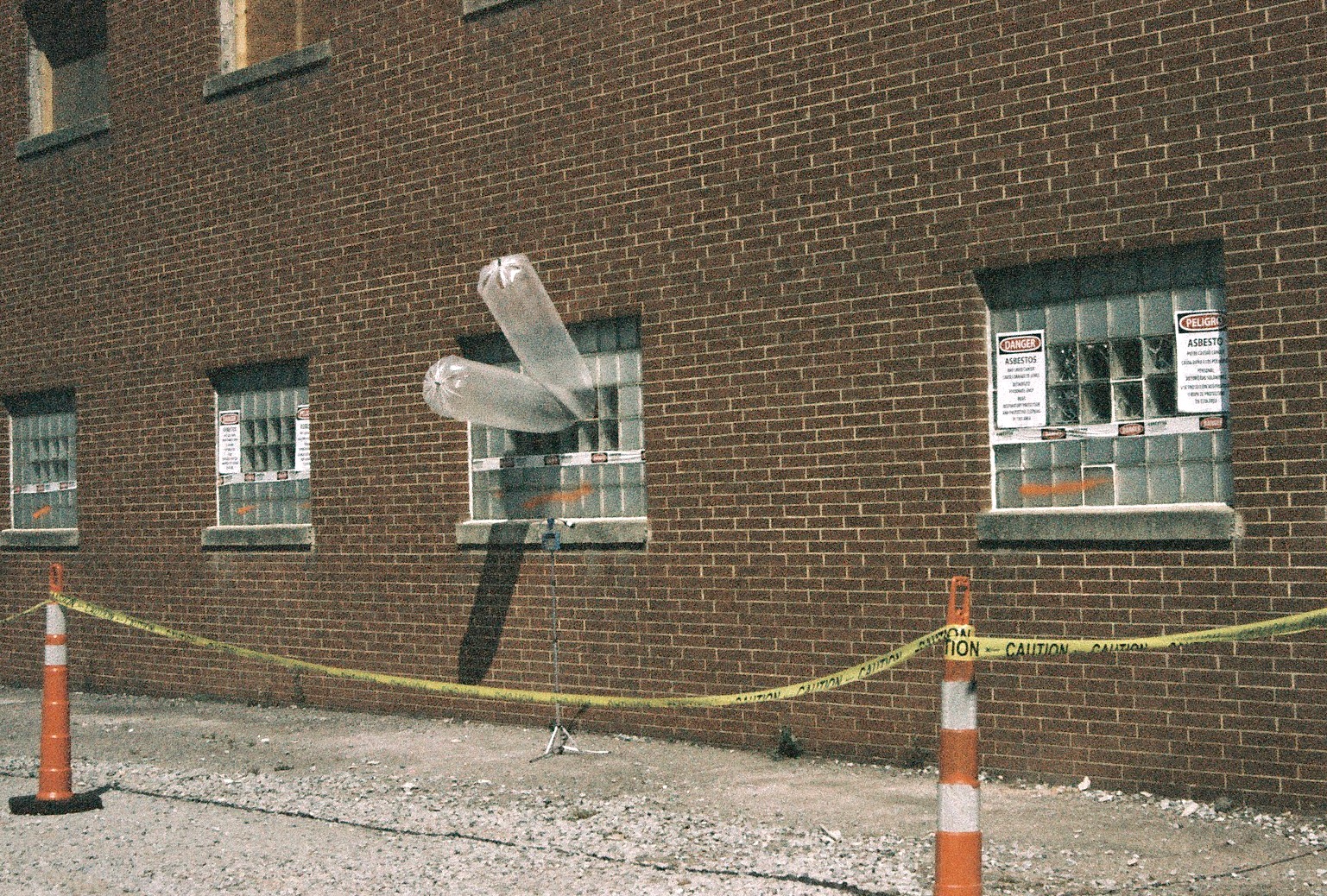
Asbestos abatement: Office Development, 949 Washington Street
I think this sense of paranoia was seeded growing up in northeast New Jersey. Anyone who has driven past the smokestacks by exit 13 on the Jersey Turnpike (or watched the opening credits of The Sopranos) has a sense of the region’s industrial roots.
I spent my childhood in a grassy suburb a safe 15 miles northwest from these chemical plants and oil refineries.
Yet pollution can shape environments in more subtle ways. Rivers aren’t for swimming, childhood asthma rates are a few points higher, cancer cases aren’t always genetic.
My grandmother tells me about loved ones who died young from cancer after growing up playing near the Hudson Meadows—an area once home to an oil reprocessing plant that dumped millions of gallons of toxic waste into the wetlands of the Passaic River.
I worry for the children who have grown up on my street and the men who work on the power station and at the construction site.
But any actual impact on their health and vitality is purely hypothetical. It exists only in the minds of those who have been exposed—an often unperceivable source of anxiety that may or may not amount to anything.
“Fire and explosion were not the inherent dangers here. This death would penetrate, seep into genes, show itself in bodies not yet born.”
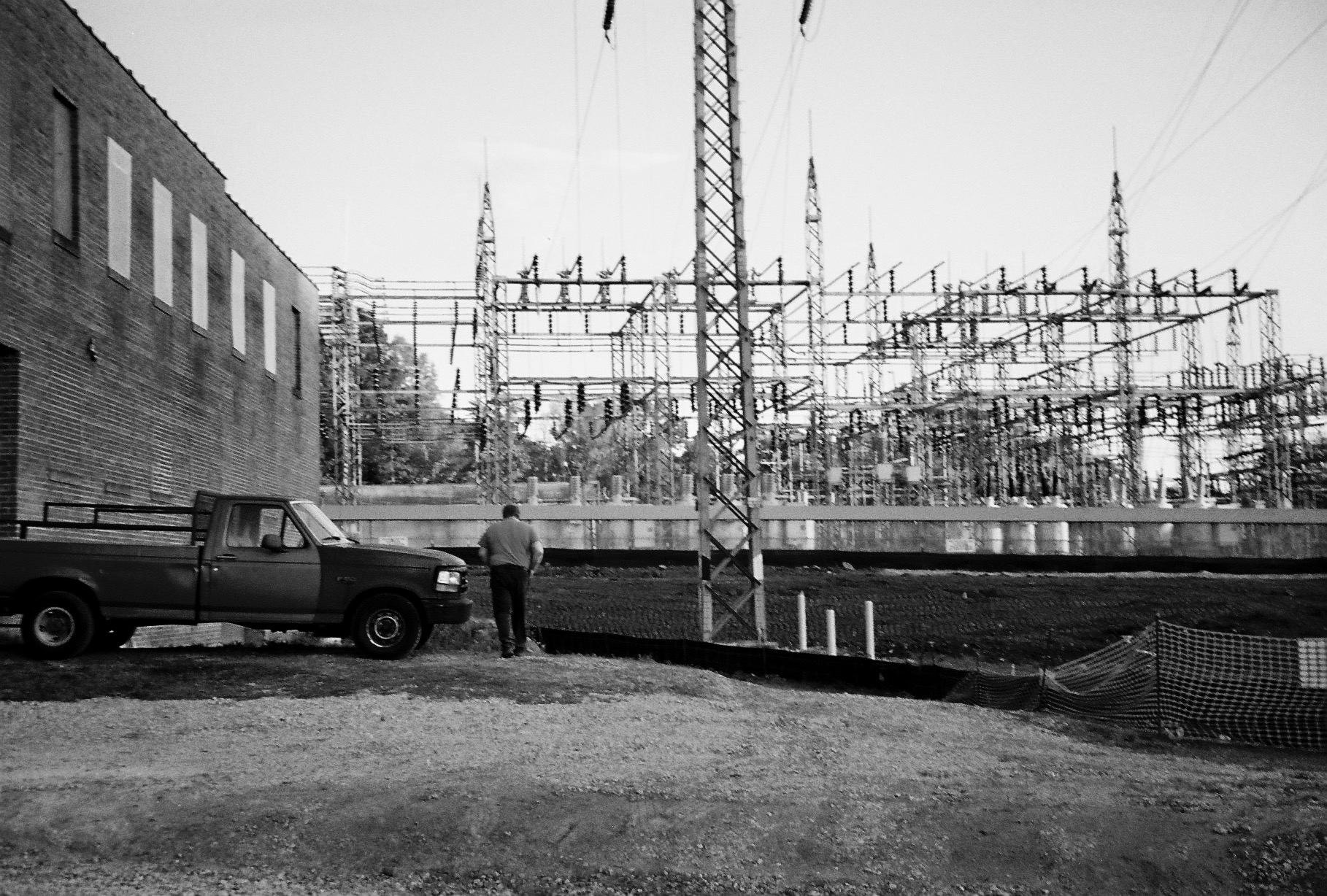
Prospecting for Durham Belt Line: Duke Energy, Durham Main Substation
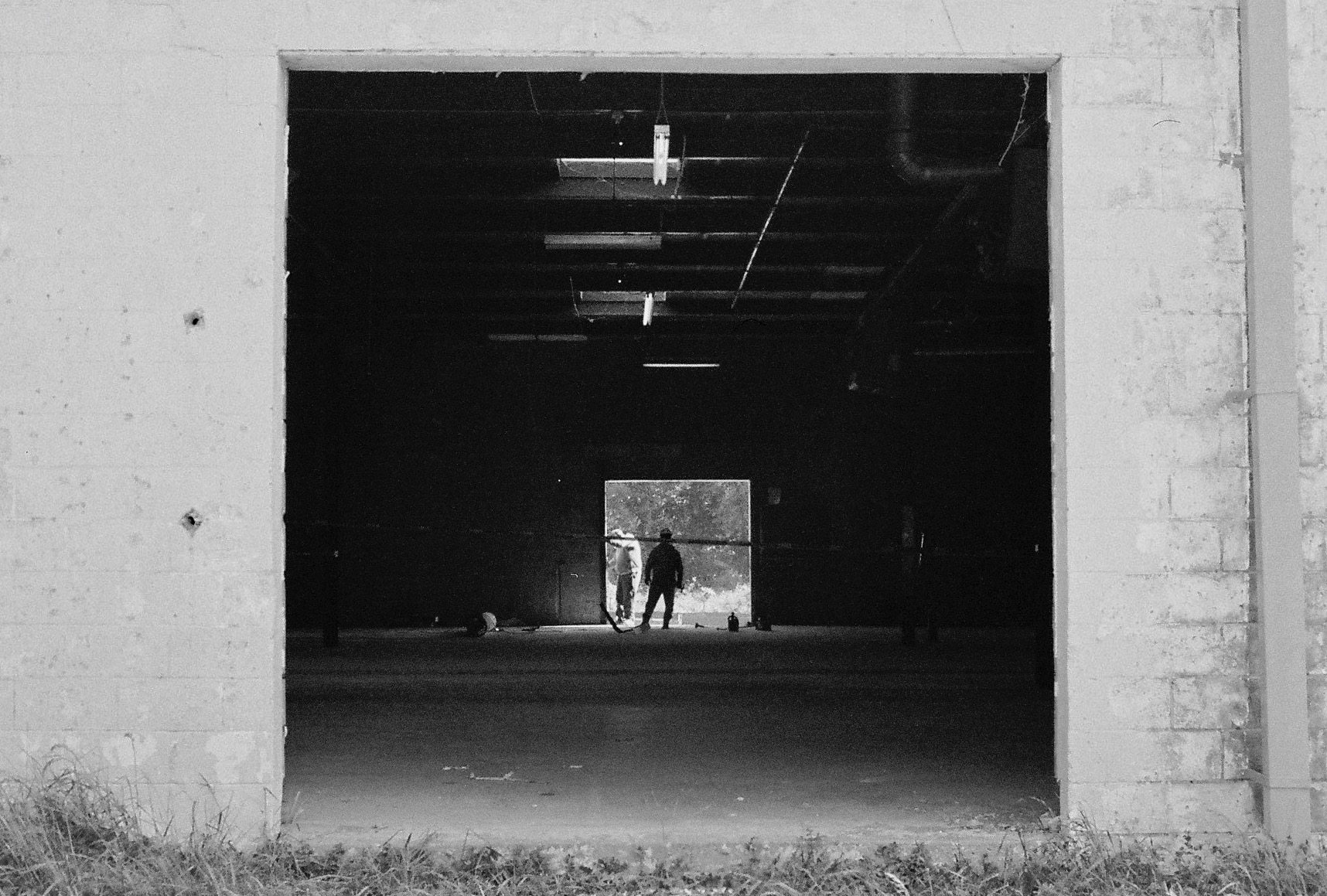
Indoor renovations: Office Development, 949 Washington Street
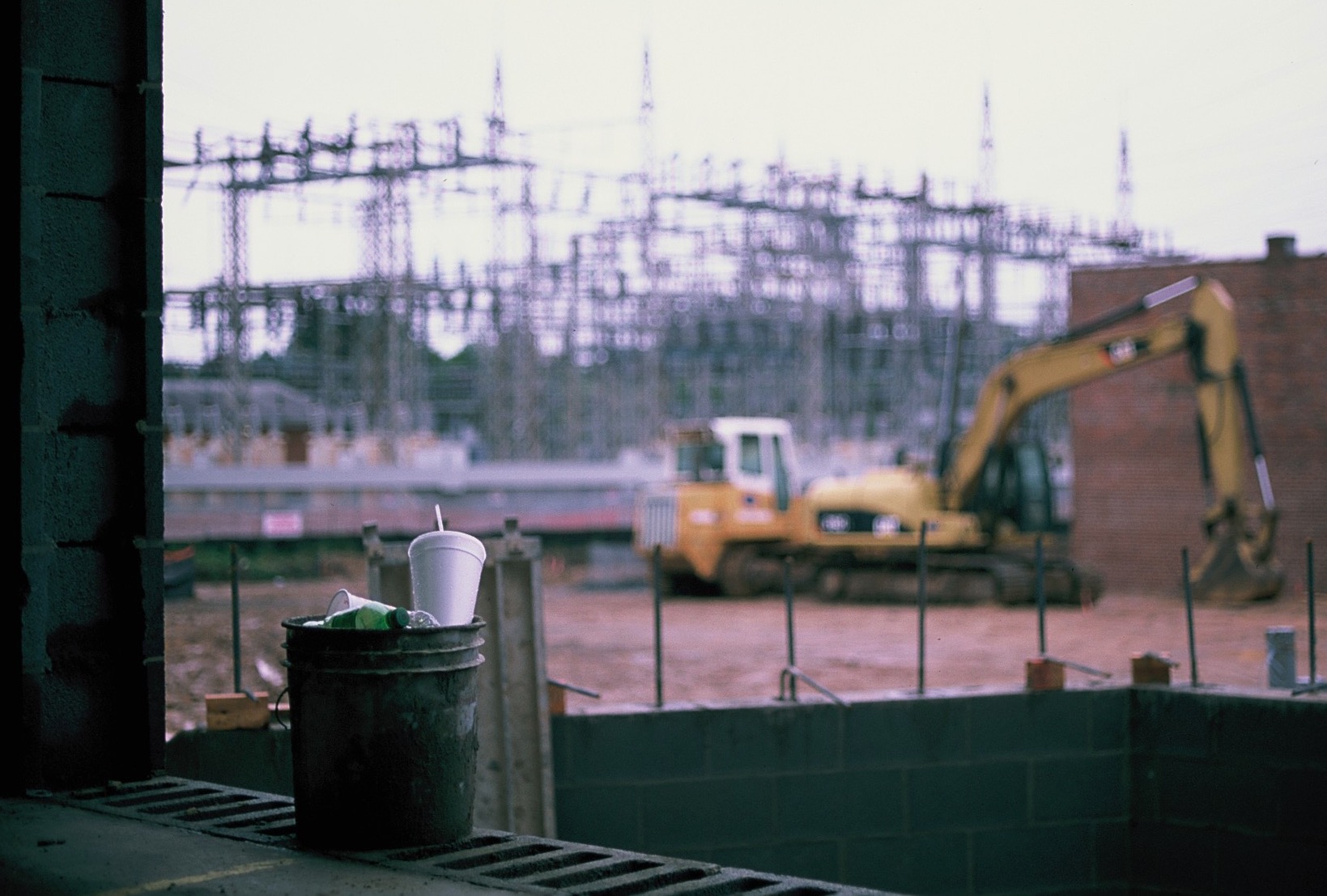
After hours: Office Development, 949 Washington Street
It feels like the world around me is on some amorphous autopilot, indifferent to human flourishing. French sociologist Jacques Ellul calls this faceless force “technique.”
In his 1954 work, The Technological Society, Ellul argues that we lose a piece of our humanity and understanding of the world each time we replace a human decision with that of “technique.”
Technique—not to be confused with technology—is any invention, method, or process that is optimized for absolute efficiency. We romanticize technique when we put our faith in innovation, in data processing, in “opportunity zones,” in the invisible hand of the market.
Technique is amoral. It's not concerned with human beings, rather the mechanization and automation of the world. The construction project is a product of technique on two counts.
First as an extension of corporate real estate and capitalism more broadly: offices are built rather than a park or community space because it is the more efficient market decision.
But the types of offices that are being built are notable as well. This is a life science and biotech workspace in a city and region that is striving to become the next tech hub.
Investments like this and Google’s new cloud campus are bets on technique to be the driving force behind the city’s redevelopment.
My landlord told me that he and his business partner are trying to buy all of the houses on my street before the offices are finished to take advantage of the property value increases that come with redevelopment. Rent hikes are imminent.
The people who live here now will absorb the negative environmental consequences of the construction project but none of its benefits.
When people can’t address their material conditions or democratically determine how their communities are built, it’s natural they look at new development with suspicion.
Not only are these techniques difficult to understand, but they become impossible to trust.
In the preface to The Technological Society, Ellul writes, “Not understanding what the rules of technique are doing to him and his world, modern man is beset by anxiety and a feeling of insecurity.”
The subtle discomfort that I feel when I walk past the construction site is mirrored every time an advertising algorithm serves me an unsettlingly specific ad, when I see strange formations of glowing satellites in a once familiar night sky, or when I learn that the shampoo I use is making my hair fall out.
Paranoia is a natural response to the encroachment of uncertain methods on everyday life.
Yet the rules of technique optimized for capital require a culture that celebrates innovation and denounces those who raise questions as Luddites or anti-progress.
We’re forced to submit to the dominant narrative or are driven away from mass society—often down conspiratorial rabbit holes. With no room for healthy dissent, paranoia fuels conspiracy theories.
Justified uncertainty around what increased electromagnetic exposure may be doing to our bodies devolves into 5G-inspired domestic terrorism. The culture around technological development muddies our understanding of the world by creating distant, subjective realities.
“Every advance is worse than the one before because it makes me more scared.”
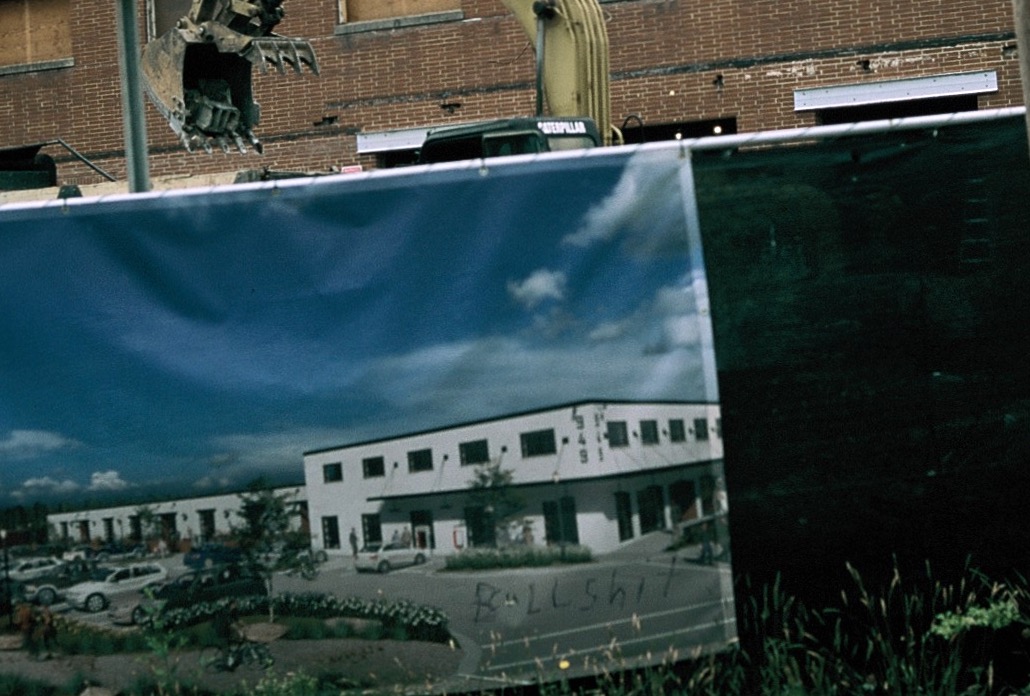
Street art: Office Development, 949 Washington Street
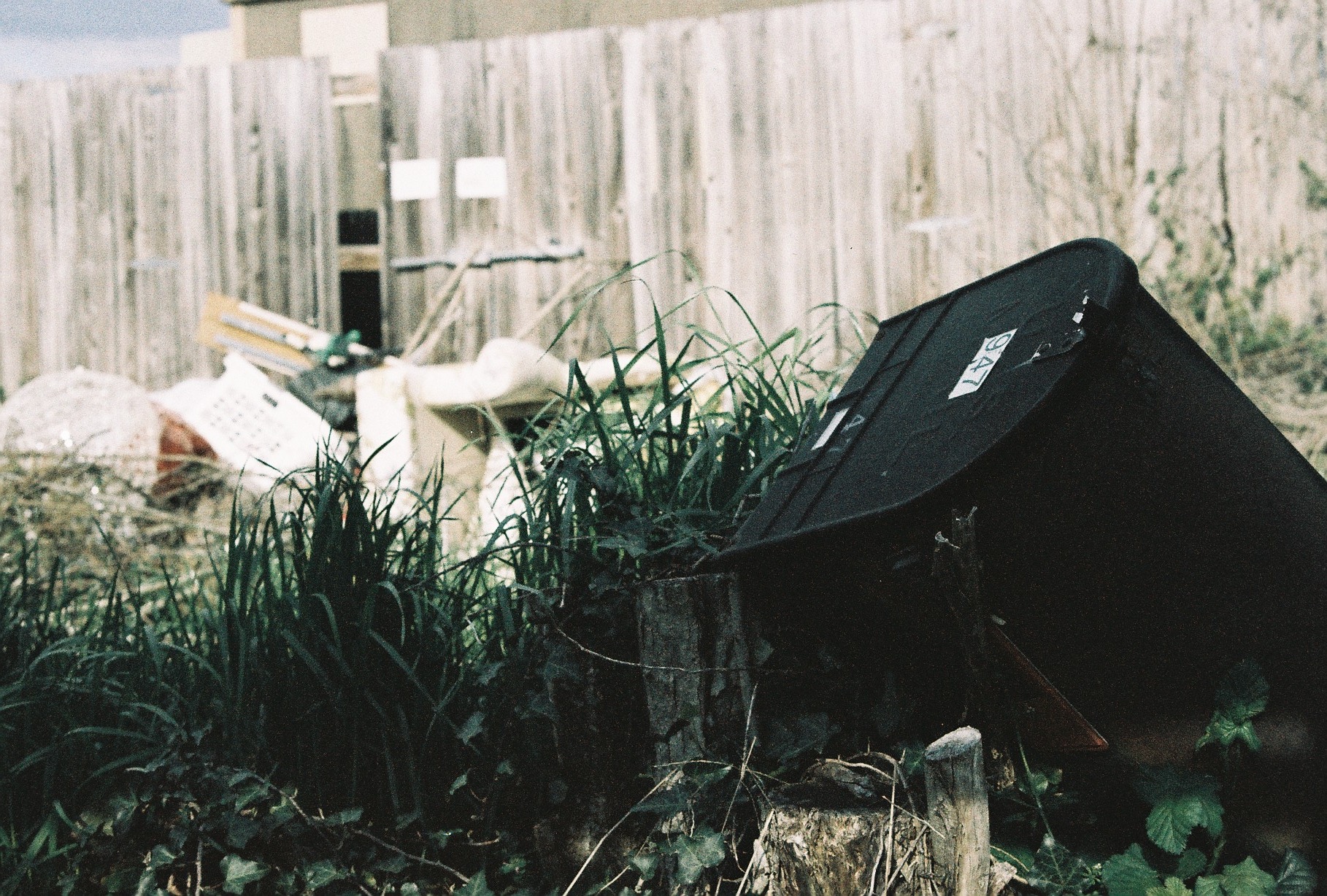
Retired mailbox: Duke Energy, Durham Main Substation
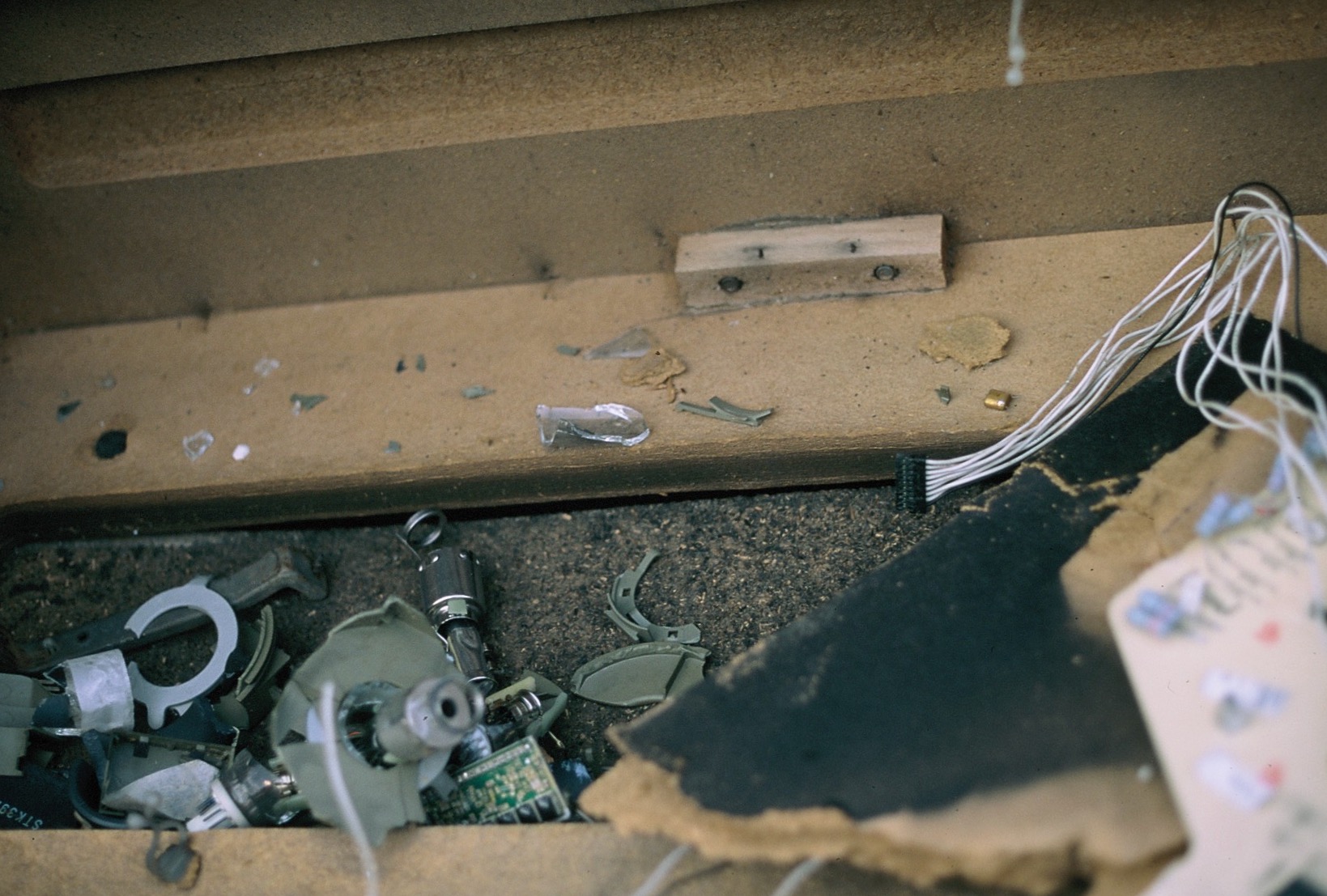
E-waste: Macon Street
Many times, the added confusion brought on by technique can feel worth it. I complain about the powerlines, but I wouldn’t give up my electricity to make them go away.
Still, there are both material and psychic externalities that come with every form of technique. As Ellul notes, “all technical progress exacts a price.
We cannot believe that Technique brings us nothing; but we must not think that what it brings it brings free of charge.” The consequences of what we’re building today may not be fully realized for decades.
Even if our worst fears turn out to be unfounded, we‘re still left with the feeling of paranoia that comes from being unable to trust or understand the world around us.
We may regain a piece of this collective understanding if we can reject technique when it fails to serve us and remain wary when it does.
But what does resisting this massive societal force look like? For one, genuine community-building is inherently oppositional to technique.
You do things not because they're efficient, but because they’re required to maintain trust, support, and solidarity.
As a form of subversion, communities are powerful because they are (in relation to each other) particular and complex and difficult to homogenize.
Technique relies on the automated actions of the individual. Acting as a collective is one way to counter technique, yet another is to simply behave "irrationally."
To allow time for genuine leisure, to resist the constant urge to produce or consume, to give ourselves more space to wander.
In these moments we come in direct conflict with technique. They also may be our freest.
"May the days be aimless. Let the seasons drift. Do not advance the action according to a plan."
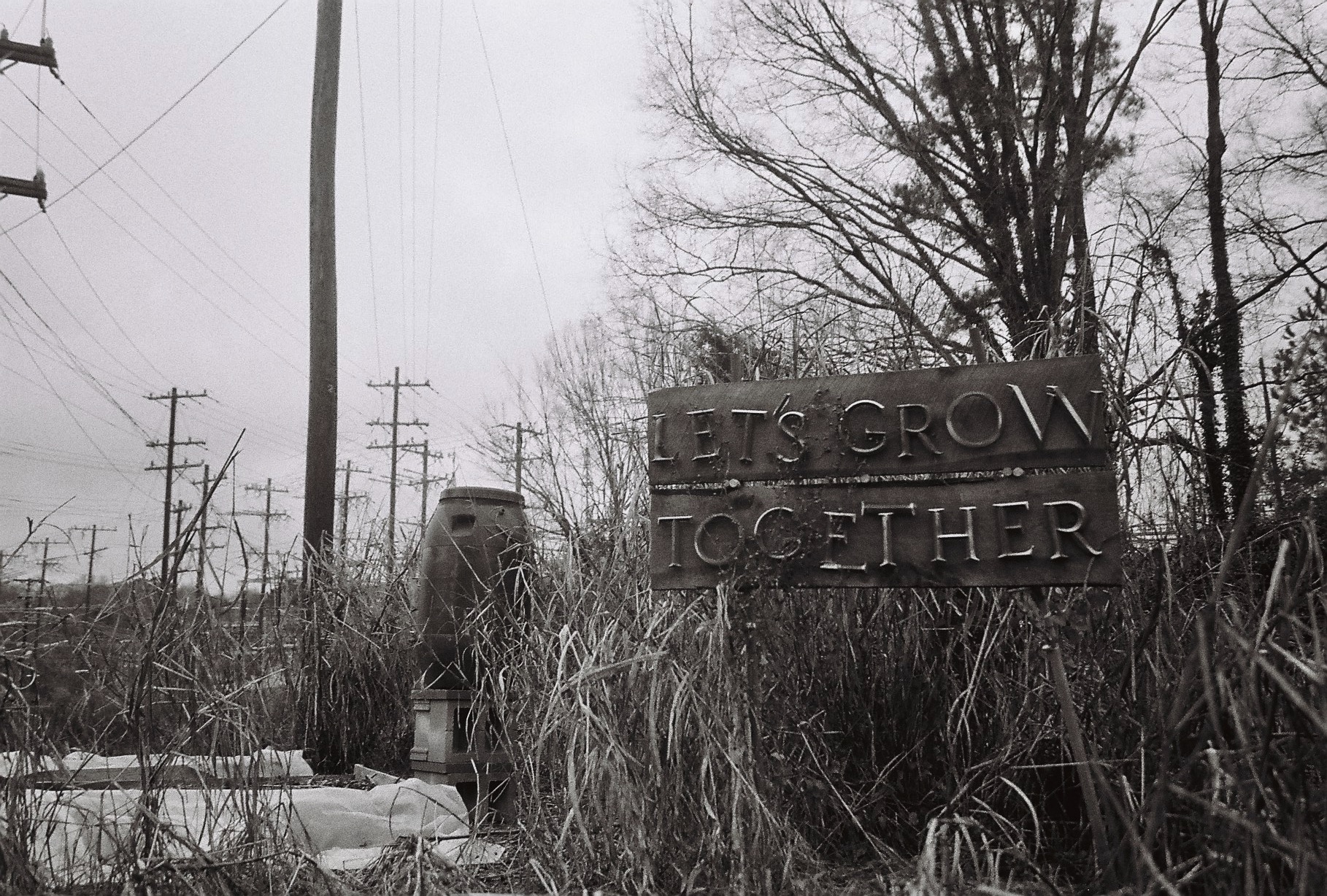
Community garden: Orient Street
Title creds:
This song/album captures the mood of this project beautifully. If Parquet Courts ever wants the domain name they can have it.
All italicized quotes are taken from Don Delilo's 1985 novel White Noise.
Huge shoutout to L.M. Sacasas's substack, The Convivial Society, for introducing me to thinkers and ideas that have helped put long-held feelings into words. Sacasas speaks to our current technological moment better than anyone I've come across.
Thank you Tyler and Clare for helping mold this.